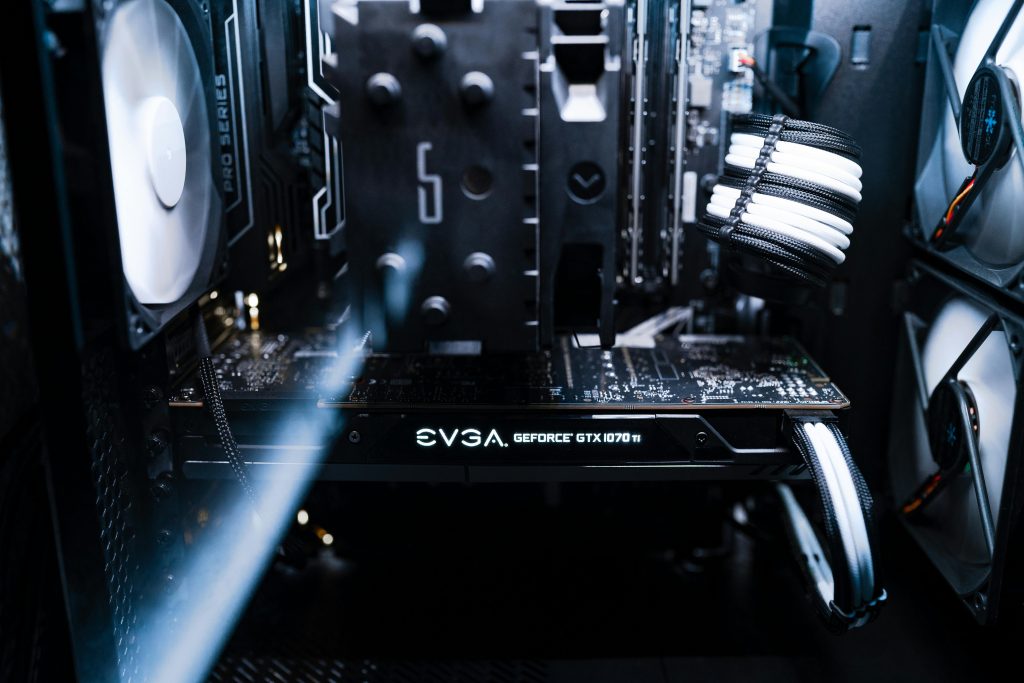Diagnosing Unusual Wi-Fi Connectivity Issues on Your PC: A Comprehensive Approach
Experiencing inconsistent or problematic internet connectivity on your personal computer can be incredibly frustrating, especially when most websites fail to load or online gaming becomes nearly impossible. If you’re facing such challenges, you’re not alone. This article offers a structured guide to help diagnose and potentially resolve Wi-Fi issues, particularly in complex environments like older buildings with shared internet setups.
Understanding the Issue: Symptoms and Context
Common signs of Wi-Fi problems include:
- Limited website accessibility: Only a handful of sites (e.g., Google, YouTube, Gmail, Reddit) load, while others show errors like “site could not be reached.”
- Slow or inconsistent online performance: Extended loading times and frequent disconnections.
- Gaming difficulties: Elevated ping (often between 300-500ms), failed game launches, or synchronization issues with platforms like Steam.
- Device disparities: Laptops, smartphones, and smart TVs connect seamlessly, but the desktop experiences issues.
Additional contextual factors include:
- The PC was built personally, previously had reliable Wi-Fi performance.
- Hardware specifications: Windows 11, a recent Intel i5 processor, 32GB RAM, and a high-end NVIDIA RTX 4070.
- Network environment: Internet provided through XFINITY from a shared housing unit, located in an older building lacking Ethernet ports, relying solely on Wi-Fi.
- Signal indicators show a stable connection with good signal strength (3 out of 4 bars), but actual performance is subpar.
Initial Troubleshooting Measures
Standard troubleshooting steps can often resolve or identify underlying issues:
- Restart Devices: Power cycle your PC, modem, and router regularly to refresh network connections.
- Reset Network Hardware: Reboot the Wi-Fi mesh pods or extenders to ensure proper functioning.
- Flush DNS Cache: Clearing DNS cache can resolve domain resolution problems.
- Configure DNS Settings: Switching to public DNS servers like Google’s (8.8.8.8, 8.8.4.4) may improve connectivity.
- Check Hardware Cables: Swap out Ethernet cables where applicable to rule out physical faults.
- Adjust Firewall Settings: Temporarily disable firewall or security extensions to test their impact.
- Try Different Browsers: Use alternative browsers to eliminate browser-specific issues.
- Free Up Disk Space: Ensure sufficient storage to prevent system performance bottlenecks.
- **Use
Share this content:



